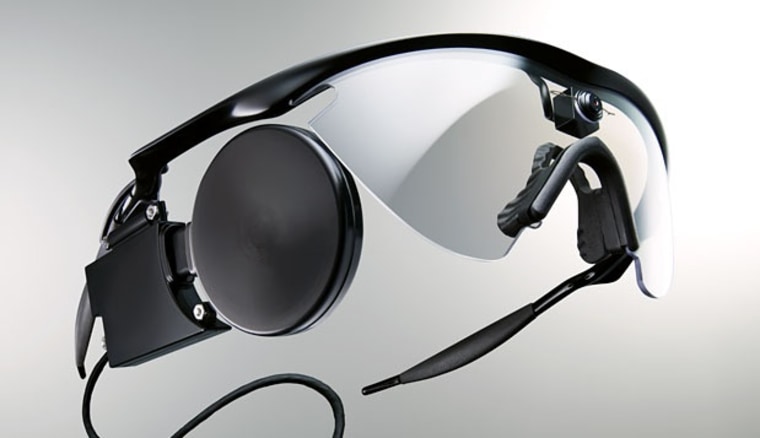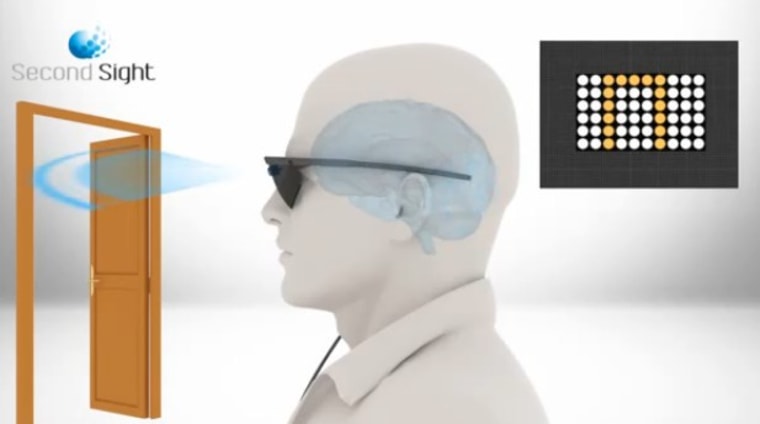
An "artificial eye" is still a long ways off, but researchers have made the low-resolution devices now available useful in a new way. Instead of trying to replace vision entirely, they only "translate" text, presenting it to the user in a more familiar format: Braille.
Today's retinal implants are promising and allow people suffering from certain kinds of visual disability to see very rough shapes and contrasts. But with a resolution of only a few hundred total pixels, they are unable to display the world in anything but the lowest fidelity.
But replicating vision isn't just about the view. Sighted people take the ability to read things like street signs and menus for granted, but not only is this difficult or impossible for most visually-impaired people, there are relatively few accommodations available, as there are for things like crossing the street or using an ATM.
With this in mind, the team at Second Sight decided to modify an Argus II retinal implant system, in which visual signals are presented to the retina in the form of electrical signals. They hooked the built-in camera up to software that translates text it sees into Braille, and then sent that signal on to be displayed by the implanted electrode arrays.

Low resolution isn't a problem for Braille, since letters are represented as dots in a three-by-two grid rather than using the lines and curves of standard glyphography. In testing, they would show up to four letters at a time — not efficient for reading longer sentences, but enough to quickly differentiate between "left" and "right," "open" and "closed," or "men" and "women."
Their test subject had limited success with the system: Already a user of Braille and the Argus II implant, he was able to identify letters correctly 89 percent of the time. But as the length of the word grew, success rate fell.
Still, any improvement over the previous system, in which the highly pixelated image could barely show letters or words at all, would surely be welcome to users of the implant. While for reading books and articles, Braille is much faster, that option doesn't exist for many signs and other pieces of writing.
At the moment, retinal implants are still something of a rarity; while hundreds of thousands could potentially benefit from the technology, they are still in a relatively early stage of development and have not yet entered widespread clinical testing. But whenever they start to be prescribed to the general population, having helpful alternative modes like this one could be very important to the people for whom they are intended.
The paper describing the research, "Reading visual braille with a retinal prosthesis," appeared recently in "Frontiers in Neuroprosthetics." The lead author is Thomas Lauritzen of Second Sight, in collaboration with colleagues from Brigham Young University and two French vision research institutes.
Devin Coldewey is a contributing writer for NBC News Digital. His personal website is coldewey.cc.